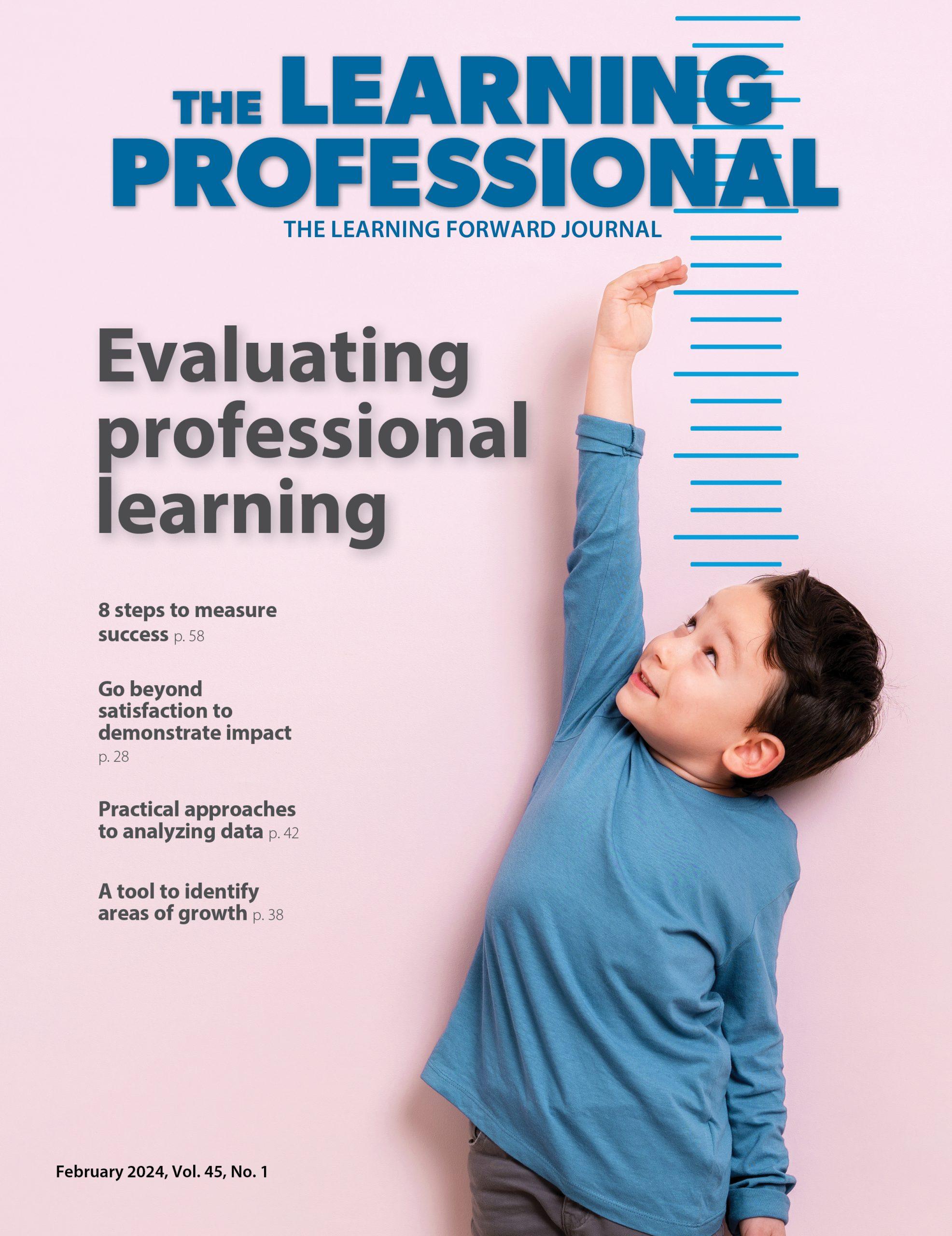The Sandwich Strategy
No matter how you slice it, analyzing student work together improves math instruction.
By Lisa Nguyen Batista and Lynsey Gibbons
June 2016
Vol. 37 No. 3
Read the remaining content with membership access. Join or log in below to continue.
Sed ut perspiciatis unde omnis iste natus error sit voluptatem accusantium doloremque laudantium, totam rem aperiam, eaque ipsa quae ab illo inventore veritatis et quasi architecto beatae vitae dicta sunt explicabo. Nemo enim ipsam voluptatem quia voluptas sit aspernatur aut odit aut fugit, sed quia consequuntur magni dolores eos qui ratione voluptatem sequi nesciunt. Neque porro quisquam est, qui dolorem ipsum quia dolor sit amet, consectetur, adipisci velit, sed quia non numquam eius modi tempora incidunt ut labore et dolore magnam aliquam quaerat voluptatem.
Grade 3 Common Core State Standards For Fractions
3.NF.1: Understand a fraction 1/b as the quantity formed by 1 part when a whole is partitioned into b equal parts;
understand a fraction a/b as the quantity formed by a parts of size 1/b.
3.NF.2: Understand a fraction as a number on the number line; represent fractions on a number line diagram.
3.NF.3: Explain equivalence of fractions in special cases, and compare fractions by reasoning about their size. Source: www.corestandards.org/Math/Content/3/NF.
References
Carpenter, T.P., Fennema, E., & Franke, M.L. (1996). Cognitively guided instruction: A knowledge base for reform in primary mathematics instruction. The Elementary School Journal, 97(1), 3-20.
Empson, S.B. & Levi, L. (2011). Extending children’s mathematics: Fractions and decimals: Innovations in cognitively guided instruction. Portsmouth, NH: Heinemann.
Lewis, R.M., Gibbons, L.K., Kazemi, E., & Lind, T. (2015). Unwrapping students’ ideas about fractions. Teaching Children Mathematics, 22(3), 158-168.
Little, J.W., Gearhart, M., Curry, M., & Kafka, J. (2003). Looking at student work for teacher learning, teacher community, and school reform. Phi Delta Kappan, 85(3), 184-192.
National Council of Teachers of Mathematics. (2014). Principles to actions: Ensuring mathematical success for all. Reston, VA: Author.
Recent Issues
LEARNING TO PIVOT
August 2024
Sometimes new information and situations call for major change. This issue...
GLOBAL PERSPECTIVES
June 2024
What does professional learning look like around the world? This issue...
WHERE TECHNOLOGY CAN TAKE US
April 2024
Technology is both a topic and a tool for professional learning. This...
EVALUATING PROFESSIONAL LEARNING
February 2024
How do you know your professional learning is working? This issue digs...








